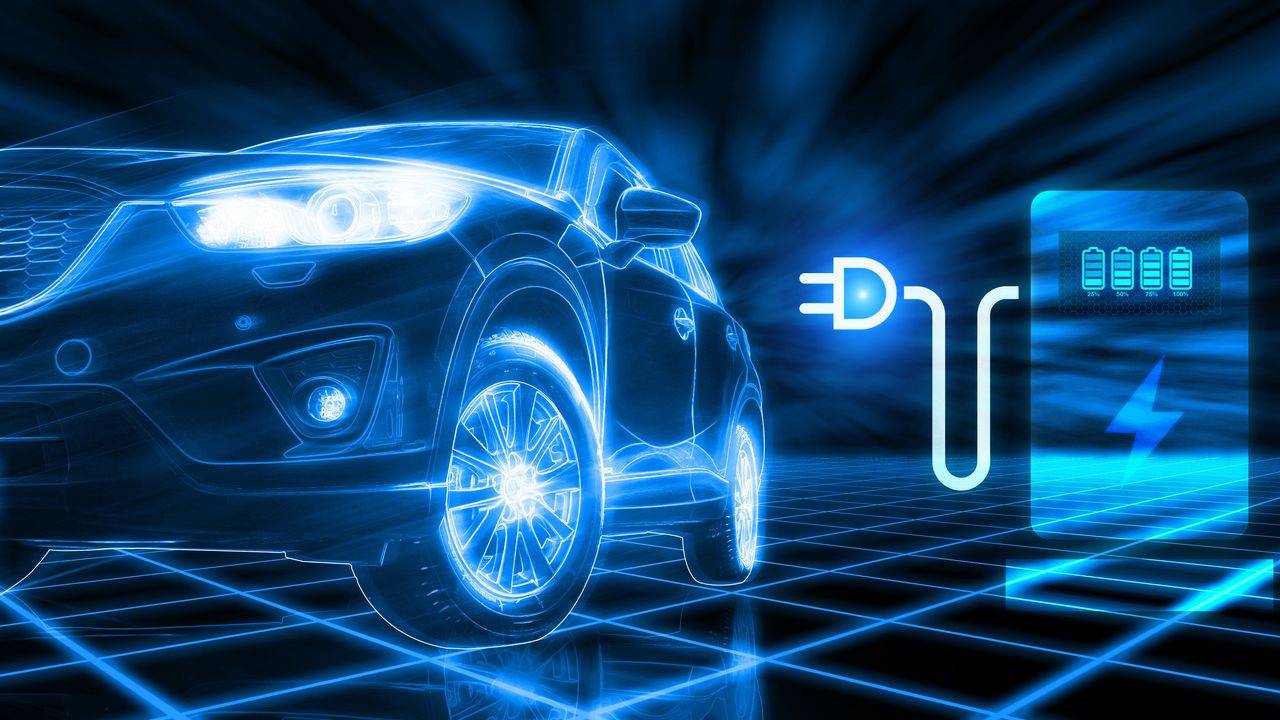Electric Car Conversions and Retrofitting: A DIY Approach to Sustainable Transportation
As the world continues to grapple with the challenges of climate change and the need for sustainable transportation, electric vehicles (EVs) have emerged as a promising solution. While many automakers are now producing electric cars, there is also a growing interest in converting existing gasoline-powered vehicles into electric ones. This DIY approach, known as electric car conversions or retrofitting, allows individuals to contribute to a greener future while also saving money. In this article, we will explore the concept of DIY conversions, electric vehicle retrofit, and battery retrofit, and discuss their potential benefits.
What are DIY Conversions?
DIY conversions involve transforming a conventional gasoline-powered vehicle into an electric vehicle. This process typically includes removing the internal combustion engine and replacing it with an electric motor, along with installing a battery pack and other necessary components. While it may sound complex, many enthusiasts have successfully completed DIY conversions with the help of online resources, communities, and conversion kits.
The Advantages of Electric Vehicle Retrofit
One of the primary advantages of electric vehicle retrofitting is the potential cost savings. Converting an existing vehicle into an electric one can be significantly cheaper than purchasing a brand-new electric car. Additionally, retrofitting allows individuals to repurpose their beloved older vehicles, reducing waste and extending their lifespan.
Another benefit of retrofitting is the customization options it offers. DIY conversions allow enthusiasts to tailor their electric vehicles to their specific needs and preferences. From choosing the battery type and capacity to selecting the motor power, individuals have the freedom to create a unique electric vehicle that suits their driving habits and lifestyle.
The Role of Battery Retrofit
When it comes to electric car conversions, the battery is a crucial component. Battery retrofit involves replacing the existing battery pack with a new one that offers improved performance and range. With advancements in battery technology, retrofitting can provide older electric vehicles with enhanced capabilities, making them more efficient and reliable.
Battery retrofitting also allows for the adoption of newer battery chemistries, such as lithium-ion, which offer higher energy density and longer lifespan. By upgrading the battery, individuals can extend the range of their converted electric vehicles, reducing range anxiety and making them more practical for everyday use.
The Environmental Impact
One of the most significant advantages of electric car conversions and retrofitting is the positive environmental impact. By converting existing gasoline-powered vehicles into electric ones, we can reduce greenhouse gas emissions and dependence on fossil fuels. Retrofitting also helps to minimize the environmental footprint associated with manufacturing new vehicles, as it repurposes and extends the life of existing ones.
Moreover, DIY conversions and retrofitting contribute to the overall adoption of electric vehicles, which plays a crucial role in combating climate change. As more individuals embrace electric transportation, the demand for sustainable energy sources and infrastructure will increase, leading to a cleaner and greener future for all.
In Conclusion
Electric car conversions and retrofitting offer a DIY approach to sustainable transportation. By repurposing existing vehicles and upgrading them with electric motors and advanced battery technology, individuals can contribute to a greener future while enjoying the benefits of cost savings and customization. As the world continues its transition towards sustainable transportation, DIY conversions and retrofitting play a vital role in accelerating the adoption of electric vehicles.
